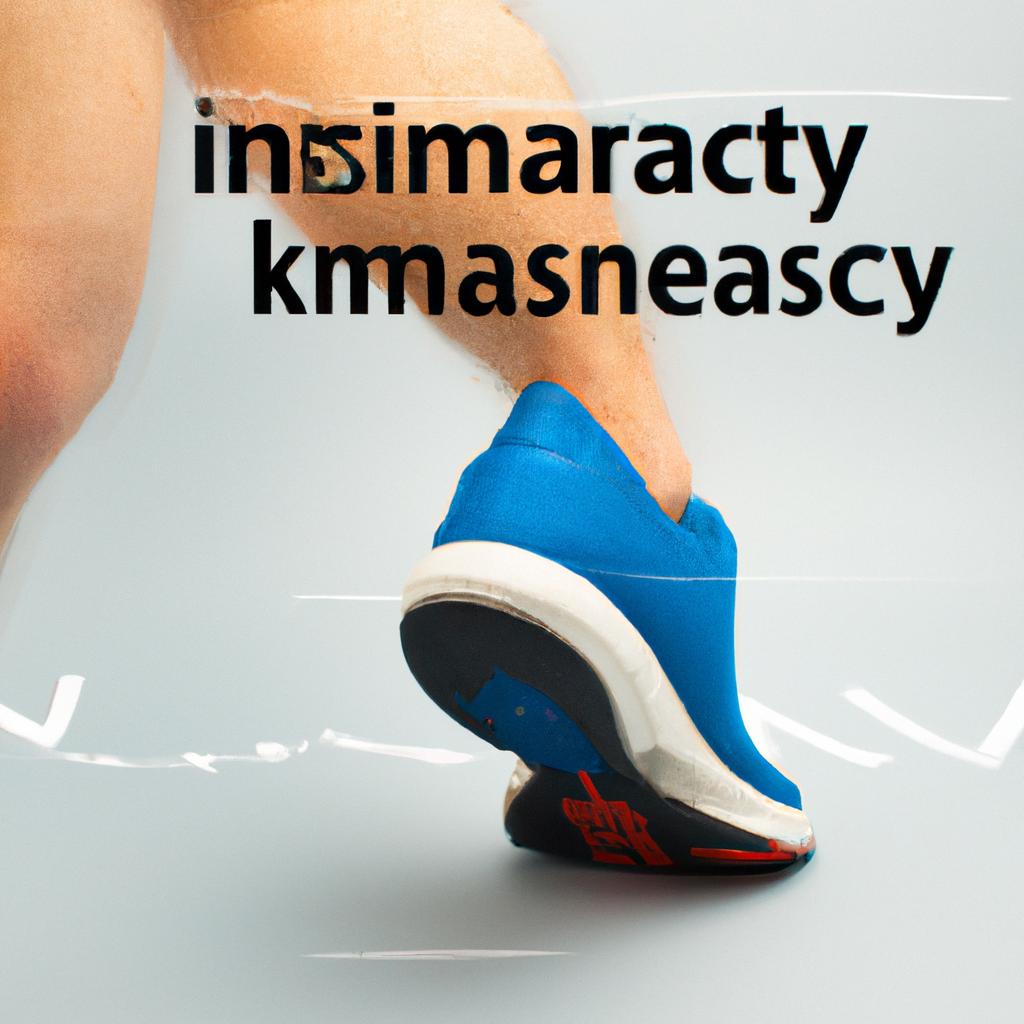**”The Impact of Biomechanical Analysis on Running Form: How Advanced Technology Can Identify Inefficiencies and Improve Performance”**
# The Impact of Biomechanical Analysis on Running Form: How Advanced Technology Can Identify Inefficiencies and Improve Performance
Running is one of the most popular forms of exercise, enjoyed by millions for its simplicity and accessibility. However, while many runners are quick to lace up their shoes and hit the pavement, few consider the intricacies of their running form and how it can impact overall performance. With advancements in biomechanics, athletes can now utilize sophisticated technology to analyze their running technique, identify inefficiencies, and ultimately enhance their performance. This blog post will explore the impact of biomechanical analysis on running form, providing valuable insights into nutrition tips, exercise advice, and health benefits.
## Understanding Biomechanical Analysis
### What is Biomechanical Analysis?
Biomechanical analysis involves the study of movement patterns through the lens of physics and anatomy. By examining the forces exerted by muscles and the mechanics of the body in motion, experts can identify how specific movements affect performance and injury risk. In the context of running, biomechanical analysis can be conducted through various methods, including motion capture technology, force plates, and high-speed video analysis.
### The Role of Technology
Advanced technology has transformed the landscape of biomechanical analysis. Wearable devices like accelerometers and GPS trackers, along with sophisticated software, allow for real-time monitoring of running form. These tools can provide valuable data on stride length, cadence, ground contact time, and more, helping runners to pinpoint areas of inefficiency.
## Identifying Inefficiencies in Running Form
### Common Running Form Issues
Many runners unknowingly develop habits that can hinder their performance. Common inefficiencies include overstriding, excessive vertical oscillation, and improper arm swing. Biomechanical analysis can help identify these issues by providing visual and numerical data that highlight specific aspects of running form that may require adjustment.
### Personalized Feedback
One of the key advantages of biomechanical analysis is the ability to receive personalized feedback. Runners can work with professionals who analyze their movements and provide tailored recommendations. This personalized approach allows athletes to make informed adjustments to their technique, which can lead to improved performance and a reduced risk of injuries.
## Nutrition Tips
### Fueling for Performance
Nutrition plays a vital role in a runner’s performance and recovery. Here are some essential nutrition tips to consider:
1. **Carbohydrates are Key**: Carbohydrates provide the necessary fuel for endurance activities. Incorporate whole grains, fruits, and vegetables into your diet to maintain energy levels.
2. **Hydration Matters**: Staying hydrated is crucial for optimal performance. Aim to drink water before, during, and after runs, and consider electrolyte-rich drinks for longer sessions.
3. **Protein for Recovery**: Consuming protein post-run helps repair muscles. Lean meats, dairy, legumes, and nuts are excellent sources.
4. **Timing Your Meals**: Plan meals and snacks around your running schedule. Eating a balanced meal 2-3 hours before running can improve performance.
## Exercise Advice
### Incorporating Strength Training
Strength training is essential for runners to build muscle and improve efficiency. Focus on exercises that target the core, hips, and legs, such as squats, lunges, and planks. These exercises can enhance stability and power, leading to better running form.
### Flexibility and Mobility Work
Incorporating flexibility and mobility exercises into your routine can prevent injuries and improve range of motion. Dynamic stretching before runs and static stretching afterward can help maintain muscle elasticity and reduce tightness.
## Health Benefits
### Reduced Injury Risk
By improving running form through biomechanical analysis, runners can significantly reduce their risk of injuries. Identifying and addressing inefficiencies can prevent overuse injuries such as shin splints, runner’s knee, and plantar fasciitis.
### Enhanced Performance
Better running form leads to improved efficiency, allowing runners to cover greater distances with less energy expenditure. This enhanced performance can result in faster race times and a more enjoyable running experience.
### Overall Well-Being
Regular running, coupled with optimized form and nutrition, promotes overall health. It can improve cardiovascular fitness, boost mental health, and enhance mood, leading to a more fulfilling lifestyle.
## Conclusion
In summary, biomechanical analysis is a powerful tool that can significantly impact running form, helping athletes identify inefficiencies and improve performance. With the integration of advanced technology, personalized feedback can lead to meaningful changes in technique, reducing injury risk and enhancing overall well-being. By coupling this analysis with proper nutrition and exercise strategies, runners can unlock their full potential and enjoy the multitude of benefits that come with a well-rounded approach to running.















Post Comment